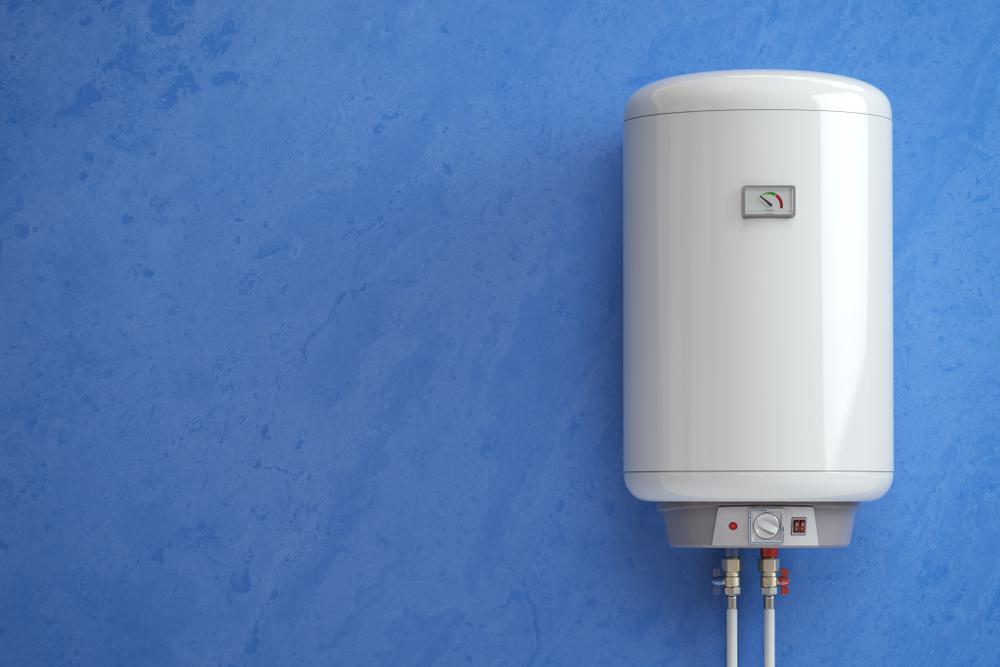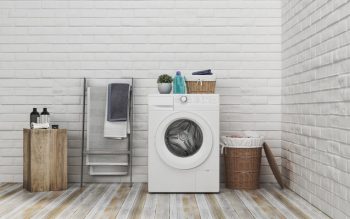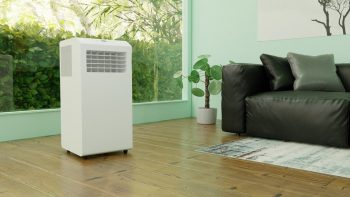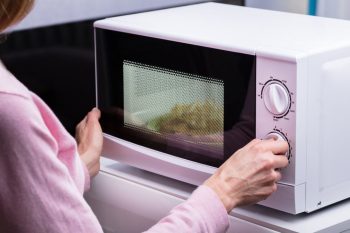
Insulating your water heater pipes is a relatively simple and cost-effective way to save on energy costs and increase the efficiency of your water heating system. This comprehensive guide will walk you through the process, provide you with valuable tips, and help you avoid common mistakes.
Insulating water heater pipes can be done by first measuring the lengths of pipe you need to cover, especially the first 3 feet from the water heater. Cut the insulation material to the lengths needed, and then place the pipe sleeve around the pipes, securing it with aluminum foil tape or wire. Remember to keep insulation at least 6 inches away from the flue on gas water heaters and use appropriate insulation materials for your type of heater. Regularly inspect and replace the insulation as needed.
Benefits of Insulating Water Heater Pipes
Insulating your water heater pipes offers numerous benefits. These include:
- Reduced Heat Loss: Insulated pipes can reduce heat loss, raising the water temperature by 2°F–4°F compared to uninsulated pipes. This allows you to lower your water heater’s temperature setting, saving energy and money.
- Energy Savings: Insulating hot water pipes can result in 3%-4% annual energy savings, translating to about $8-$12 per year for an average family.
- Faster Hot Water Delivery: Insulated pipes can increase the delivered water temperature, shortening the time it takes for the water coming out of your fixtures to reach your desired temperature, which helps save water.
- Pipe Protection: Insulated pipes can protect them from freezing, especially if they are located in or near exterior walls. Frozen pipes can burst, causing significant damage to your home.
- Condensation Prevention: Insulating cold water pipes can help avoid condensation, which can lead to moisture problems in high-humidity environments.
- Noise Regulation: Insulated pipes can help reduce noise from water flow.
Materials Needed for Insulation
To insulate your water heater pipes, you’ll need:
- Polyethylene or neoprene foam pipe sleeves for electric water heaters.
- Fiberglass pipe-wrap (at least 1-inch thick) for gas water heaters.
- Rigid foam insulation boards can be used as an alternative.
- Aluminum foil tape or wire to secure the insulation.
How to Insulate Water Heater Pipes
Here are the steps to insulate your water heater pipes:
- Measure the pipes: Measure the lengths of insulation needed to cover all accessible hot water pipes, especially the first 3 feet of pipe from the water heater.
- Cut the pipe sleeve: Cut the insulation material to the lengths needed.
- Place the pipe sleeve: Place the pipe sleeve around the pipes. For foam sleeves, they usually come with a pre-cut slit that allows you to slide them onto the pipes. For fiberglass wraps, use aluminum foil tape or wire to secure it to the pipe.
Safety Precautions
When insulating your water heater pipes, remember to:
- Keep insulation at least 6 inches away from the flue on gas water heaters.
- Use pipe sleeves made with polyethylene or neoprene foam for electric water heaters.
- Insulate the first 3 feet of both hot and cold-water inlet pipes.
- Never insulate the top of water heaters or within six inches of the draft hood or flue exhaust vent at the top of a natural gas water heater.
Common Mistakes to Avoid
Avoid these common mistakes when insulating your water heater pipes:
- Using the wrong insulation material.
- Not measuring the pipes correctly.
- Improper installation of the insulation.
- Ignoring pipe placement and not insulating in super cold basements or unheated spaces.
- Not insulating cold water pipes.
- Soldering connections near the tank.
Regular Inspection and Replacement
Insulation should be inspected at least annually. The lifespan of insulation depends on the type of material used and other factors such as installation quality, exposure to outdoor elements, and potential damage from pests. Schedule regular inspections and maintenance to ensure the insulation’s effectiveness and address any issues promptly.
Risks of Improper Insulation
Improper insulation can lead to several risks, including burst pipes, energy waste, reduced water temperature, condensation and mold, frozen pipes, and increased water heating costs.
By following this guide, you can effectively insulate your water heater pipes, save on energy costs, and increase the efficiency of your water heating system. For more information on home improvement and energy-saving tips, visit website.
Frequently Asked Questions
What types of pipe insulation are available in the market?
The common types of pipe insulation available in the market include polyethylene foam, neoprene foam, fiberglass wrap, and rigid foam insulation boards. The type of insulation you choose depends on the type of water heater you have and the location of the pipes.
How often should I replace the insulation on my water heater pipes?
The lifespan of insulation depends on the type of material used and other factors such as installation quality, exposure to outdoor elements, and potential damage from pests. However, it’s generally recommended to inspect your insulation at least annually and replace as needed.
Can I insulate my water heater pipes myself or do I need a professional?
Insulating water heater pipes is a relatively simple DIY task if you’re comfortable with basic home improvement tasks. However, if you’re unsure, it’s best to hire a professional to ensure the insulation is installed correctly and safely.
Can I insulate the entire length of the pipe?
Yes, insulating the entire length of the hot and cold water pipes can maximize energy savings. However, it’s especially important to insulate the first 3 feet of pipe from the water heater.
Why should I avoid insulating the top of the water heater?
The top of the water heater and the area within six inches of the draft hood or flue exhaust vent at the top of a natural gas water heater should not be insulated. This is to prevent overheating and potential fire hazards. It’s always important to follow the manufacturer’s instructions when insulating your water heater.












